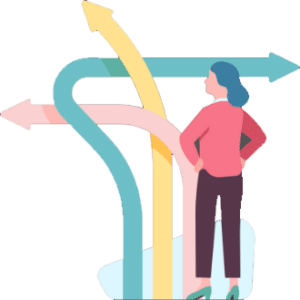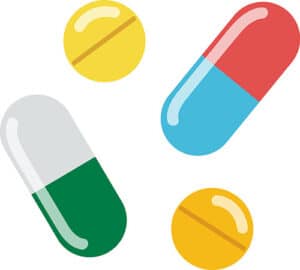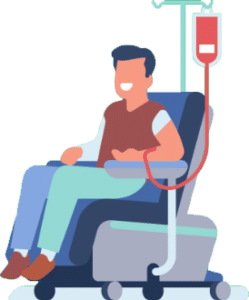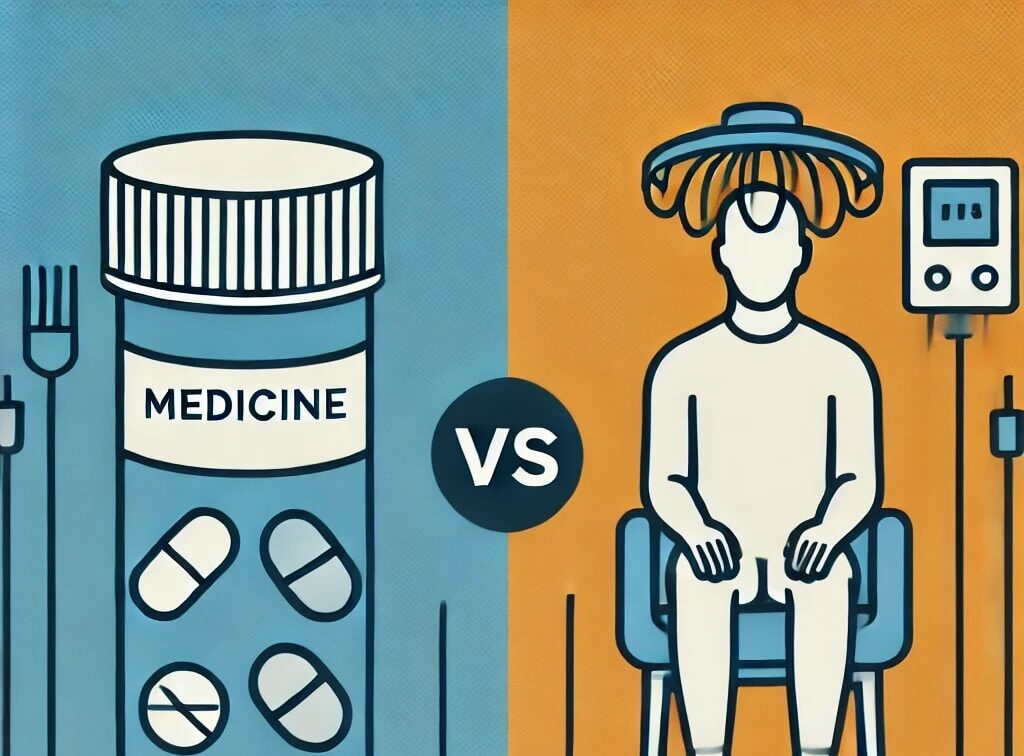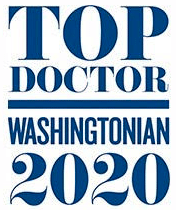Living with treatment-resistant depression can feel like an uphill battle, especially when traditional medications haven’t brought relief. Thankfully, innovative treatments like ketamine therapy and transcranial magnetic stimulation (TMS) are offering new hope for those who have struggled for too long. At Washington Interventional Psychiatry (Ketamine and TMS Clinic), we’re here to help you explore your options and find a treatment plan that aligns with your unique needs. If you’re in the Washington, DC, Maryland, or Virginia area, we’d be honored to support you beyond this guide and walk alongside you on your path to healing.
How Does Ketamine Work for Depression?
Ketamine works by targeting the glutamate system, particularly NMDA receptors, leading to a surge in brain-derived neurotrophic factor (BDNF). This helps the brain form new neural connections, which may be disrupted in depression. Most patients experience symptom relief within hours to days, making ketamine one of the fastest-acting treatments for depression.
- Commonly used in IV form or as Spravato® (esketamine) nasal spray
- Administered under medical supervision
- Typically used for Treatment Resistant Depression or Major Depressive Disorder
How Does TMS Therapy Work for Depression?
TMS (Transcranial Magnetic Stimulation) is a non-invasive, FDA-approved treatment for depression. It uses magnetic pulses to stimulate underactive areas of the brain, especially the left dorsolateral prefrontal cortex, which regulates mood.
It gradually retrains brain circuits over multiple sessions, leading to lasting changes in brain activity.
- No sedation, no systemic side effects
- Two types of TMS Therapy: Accelerated (4-6 hours daily for 5 days) vs Standard (20–30-minute sessions daily for 4-6 weeks)
- Best for patients who want a non-drug option for depression
Who Is a Good Candidate for Ketamine or TMS?
Choosing between TMS and ketamine depends largely on your treatment history and personal preferences. Here’s a breakdown of who might benefit most from each therapy:
TMS is ideal if:
- You’ve failed to respond to at least two antidepressants
- You prefer not taking a medication via mouth, injection, or inhalation
Ketamine is ideal if:
- You need rapid symptom relief, especially for suicidal thoughts
- You’ve had limited success with traditional antidepressants
- You’re open to a monitored treatment involving a medication
Effectiveness of TMS vs. Ketamine: What Research Shows
Both ketamine and TMS have proven to be highly effective for treatment-resistant depression. However, they offer different treatment experiences, and the benefits manifest in varying timelines:
| Treatment | Response Rate | Onset of Action | Duration of Relief |
| TMS | 60–70% response, 30–40% remission (Source: National Library of Medicine) | 2–4 weeks | Long-lasting after full course |
| Ketamine | 50–70% response (Source: National Library of Medicine) | Within hours to 2 days | May last 1–2 weeks (without maintenance) |
While ketamine acts fast, its effects may fade without follow-up sessions. TMS takes longer but may not require maintenance treatment.
Side Effects: Ketamine vs. TMS
Given how different these two treatments are, it’s no surprise that ketamine and TMS have distinct side effect profiles. Understanding these differences can help you choose the option that best fits your lifestyle and treatment goals. Here’s a quick comparison of the side effects of ketamine vs. TMS.
Ketamine Therapy Side Effects:
- Dissociation or altered perception (lasting briefly during infusion)
- Nausea or dizziness
- Increased heart rate or blood pressure
- Rare risk of misuse
TMS Therapy Side Effects:
- Mild headache or scalp discomfort
- Twitching during treatment
- Very low risk of seizure (<0.1%)
- No cognitive or memory side effects
TMS is typically better tolerated, especially for individuals sensitive to medications.
Can You Combine Ketamine and TMS?
Yes, combination therapy can be highly effective for certain patients. At Washington Interventional Psychiatry, we offer combination treatment protocols for patients who may benefit from both.
- Ketamine can provide rapid stabilization
- TMS can help maintain long-term symptom control
This integrated approach may be ideal for patients with severe, chronic depression or those with partial responses to single treatments.
Cost and Insurance: Comparing TMS and Ketamine
When considering treatment options, it’s also important to understand the financial aspect. Here’s what you need to know about costs and insurance coverage for both therapies:
TMS Coverage:
- FDA-approved for depression
- Standard TMS
- Covered by most major insurance plans with documentation of failed medication trials
- $225 per session (multiple sessions daily for 4-6 weeks)
- Accelerated TMS
- Not fully covered yet by insurance
- $7500 for week-long course
Ketamine Coverage:
- IV ketamine is not FDA-approved for depression, so typically not covered
- Spravato® (esketamine) may be covered by insurance under strict criteria
How to Choose: Should You Try TMS or Ketamine First?
When it comes to deciding between TMS and ketamine for depression treatment, the right choice often depends on your specific needs and preferences. Both treatments have proven to be effective for people struggling with treatment-resistant depression, but they offer different experiences and timelines. Some may prioritize quick relief, while others may prefer a more gradual approach. Understanding the key differences between TMS and ketamine therapy can help you decide which therapy might be the best fit for you. Here’s a quick comparison to help guide your decision:
| Factor | TMS | Ketamine |
| Speed of Results | Gradual (2–4 weeks) | Rapid (within 24–72 hours) |
| Side Effect Profile | Minimal | Minimal to mild |
| Insurance Coverage | Common | Limited |
| Long-Term Benefits | Yes | Yes, but may require maintenance |
Ready to Take the Next Step?
At Washington Interventional Psychiatry (Ketamine and TMS Clinic), we specialize in advanced, evidence-based treatments for depression, anxiety, PTSD, and more. Our experienced providers will work with you to create a personalized care plan—whether it includes TMS, ketamine therapy, or both.
If you’re leaning toward ketamine therapy, we have additional resources to guide you in your decision-making. Check out our guide on Spravato® (esketamine) vs. Ketamine Therapy and learn more about what to expect with Ketamine Infusions. On the other hand, if you are thinking TMS might be the way to go, we created a guide to help you determine if accelerated TMS is right for you.
Break free from depression. Your healing journey starts here.

